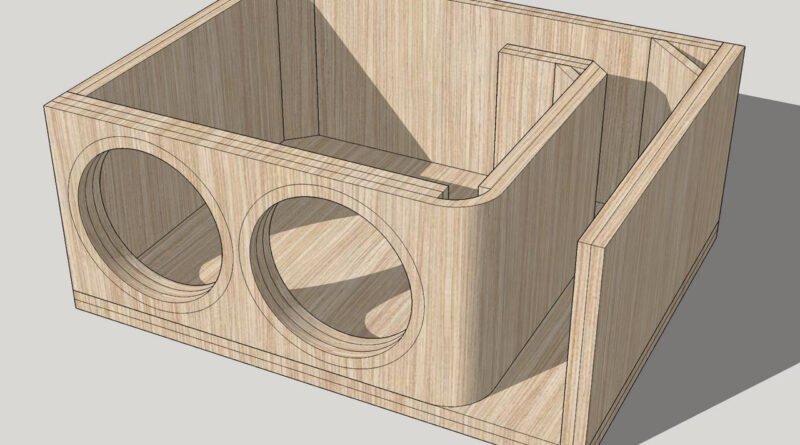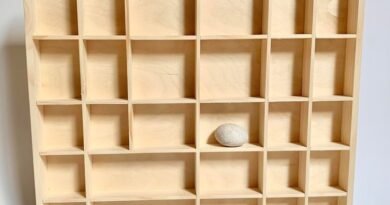k1134 Klipsch DIY Box Specs: The Complete Guide for Optimal Audio Customization
In the world of DIY audio projects, few elements stand out as much as customizing speaker box specs. With the k1134 Klipsch DIY box specs, you’ll have an all-in-one guide to maximize sound performance and tailor the design to fit your audio needs precisely. Whether you’re an audio engineer or an enthusiastic DIYer, exploring every detail of Klipsch’s k1134 specs can open up new possibilities for creating high-fidelity, immersive sound right from your DIY setup.
Understanding the k1134 Klipsch Driver
The k1134 driver from Klipsch is one of the most sought-after components in the audio community due to its precise construction and robust sound output. This driver is designed with optimal power handling, making it an ideal choice for high-efficiency sound projects. Its strong build quality allows for higher sensitivity, allowing users to achieve impressive loudness levels without distortion.
Why Choose the k1134 for DIY Projects?
- Performance and Sensitivity: With high sensitivity ratings, the k1134 driver can produce clear, high-volume sound without excess strain on the amplifier.
- Durability: Crafted for longevity, this driver endures frequent use, making it perfect for home or outdoor audio projects.
- Flexibility in Design: Its structure allows DIY enthusiasts to experiment with different box dimensions and configurations to enhance specific sound characteristics.
The Importance of Box Specifications for k1134 Klipsch
A well-designed box is crucial for getting the best out of the k1134 driver. The enclosure design impacts sound quality, tone, and loudness, especially at different frequencies. Understanding key box specifications allows you to customize your sound experience according to your preference, whether you’re aiming for powerful bass or crisp highs.
Types of Enclosures Suitable for k1134
- Sealed Boxes: Provide tight, punchy bass, ideal for genres like rock or pop.
- Ported Boxes: Deliver deeper bass with enhanced low-frequency response, perfect for EDM or hip-hop.
- Bandpass Boxes: Suitable for focused frequency ranges, often used in advanced custom setups.
Key Dimensions for the k1134 DIY Box
When building a box for the k1134, knowing exact dimensions and volume is essential for achieving the right sound. Box size, shape, and material all play into resonance and sound clarity.
- Internal Volume: Choose a box volume that complements the k1134’s frequency response.
- Thickness of Material: Using thicker materials (e.g., MDF or plywood) ensures durability and reduces unwanted vibrations.
- Port Dimensions (for ported boxes): Calculate port size to avoid turbulence, which can distort the sound.
Essential Tools and Materials
Creating a DIY speaker box for the k1134 requires certain materials and tools to achieve professional-grade results.
- Materials: MDF or plywood, acoustic insulation, binding posts, speaker wire.
- Tools: Saw, drill, screws, glue, clamps, and measuring tape.
Step-by-Step Guide to Building a Box for k1134
- Measure and Cut: Measure the wood panels accurately based on your desired box dimensions.
- Assemble the Frame: Use screws and glue to attach panels, ensuring tight joints to prevent air leaks.
- Add Insulation: Line the inside with acoustic insulation to reduce internal reflections.
- Install the Driver and Port: Attach the k1134 driver and add the port (if using a ported design) based on calculated dimensions.
Optimizing Sound with k1134 Klipsch DIY Box Specs
Achieving optimal sound quality involves fine-tuning various parameters in your box design.
Tweaking for Frequency Response
- Low Frequencies: Adjust box volume or port size for stronger bass.
- Midrange Clarity: Add internal bracing to reduce resonance.
- High Frequencies: Use absorption materials around the box interior to eliminate harshness.
Placement and Positioning Tips
- Room Placement: Positioning your box in different areas can dramatically change the perceived sound. Place near walls for boosted bass, or in an open area for balanced audio.
- Angle Adjustments: Experimenting with tilt and angle can improve sound dispersion and clarity.
Tuning and Testing the DIY Box for k1134
Once the box is built, proper tuning is essential to bring out the best audio experience.
- Frequency Sweep Test: Play a frequency sweep to identify any resonances or peaks.
- Adjust Port Tuning: If using a ported design, fine-tune port length to reach desired bass response.
- Dampening Material: Add foam or fabric lining to further minimize unwanted internal reflections.
Maintenance Tips for Long-Lasting Performance
To keep your k1134 Klipsch DIY box in top shape, consider these maintenance practices.
- Avoid Exposure to Moisture: Keep the box away from humidity to prevent material warping.
- Regular Dusting: Clean the driver and port regularly to maintain clear sound output.
- Check for Loose Joints: Tighten screws periodically to prevent box vibration.
FAQs
How does box size affect sound quality with the k1134?
Larger boxes typically enhance bass, while smaller boxes provide tighter bass response.
What is the ideal box material for a k1134 DIY box?
Medium Density Fiberboard (MDF) is highly recommended for its durability and acoustic properties.
Can I use a sealed box with the k1134 for bass-heavy music?
Yes, but ported boxes often yield a stronger bass output, which can be beneficial for bass-heavy genres.
How do I calculate the port dimensions for my k1134 box?
Use online calculators or refer to Klipsch guidelines based on box volume and driver specifications.
Is it necessary to use acoustic insulation in the box?
Yes, it helps control internal reflections, resulting in clearer sound.
What amp power is best for driving the k1134?
Pair the driver with an amplifier that matches or slightly exceeds the recommended wattage for best performance.
Conclusion
Building a customized DIY box for the k1134 Klipsch driver opens up a world of possibilities for audio enthusiasts. By following these specifications and tailoring the design to your taste, you can achieve a professional-grade sound system that brings your music to life. With the right materials, tuning, and attention to detail, your DIY speaker project will not only look great but will also deliver unmatched audio performance.




